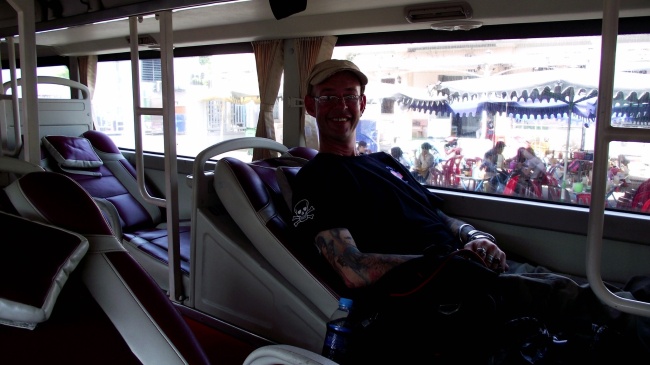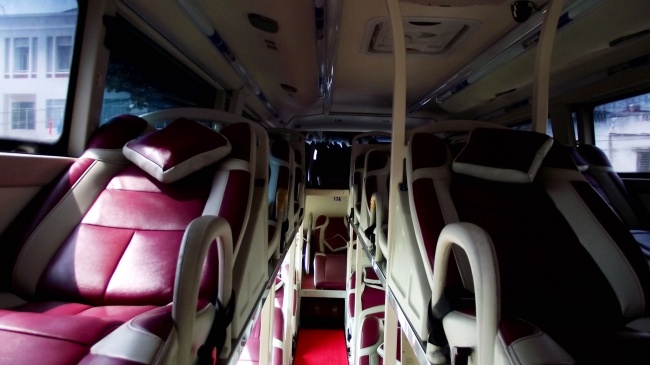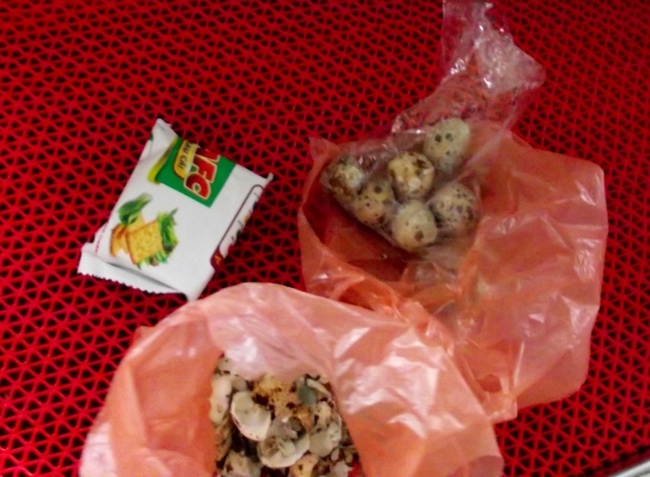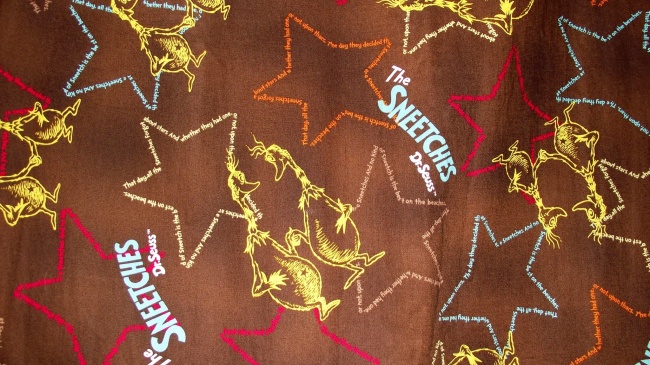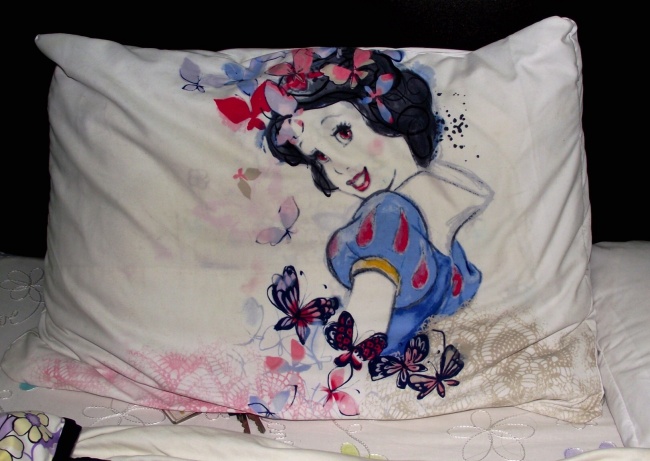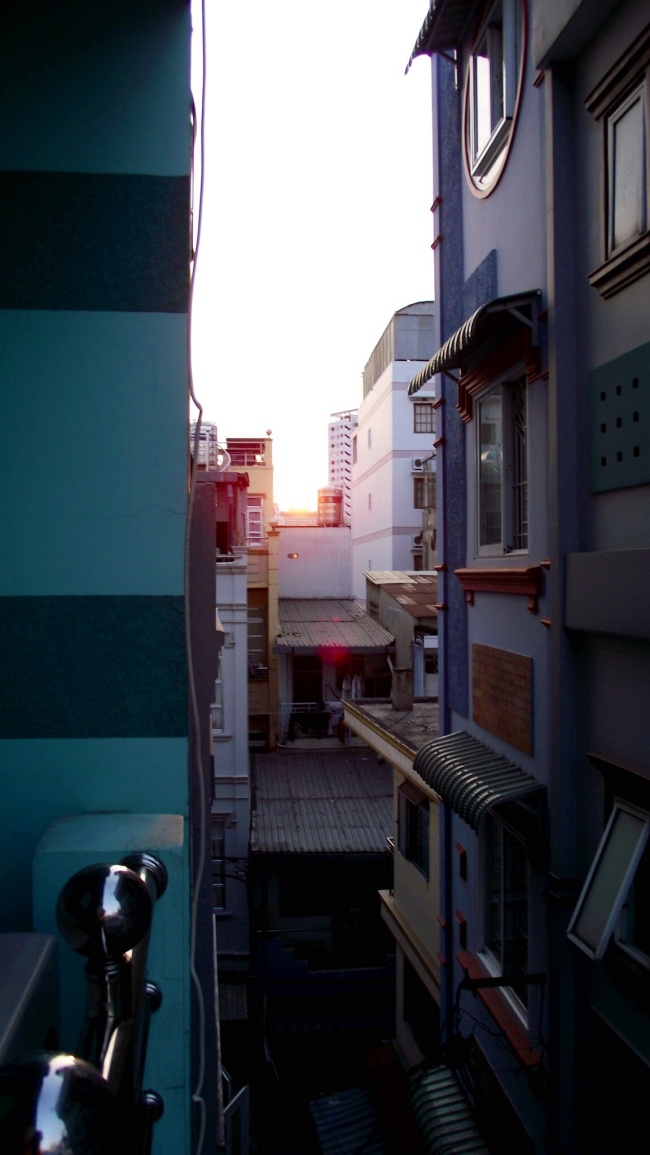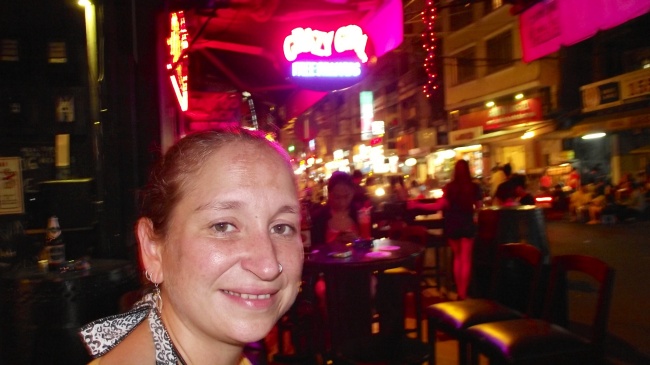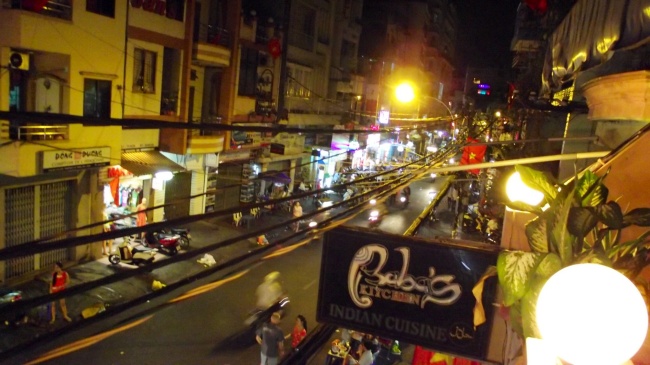Oi Polloi! Pleased you’re back. Time flies, aeroplanes crash Eh?
Our next port of call was a stomp across town to the War Remnants Museum. Again, it’s perhaps inappropriate to use the word ‘good’ when it comes to any type of museum that is concerned with war and destruction, but it is certainly very educational, and an essential visit should you be in Ho Chi Minh City.
Upon arrival, you are greeted with a view of an array of American military vehicles, tanks, aeroplanes and helicopters, which were salvaged by the Vietnamese after the war. They strike an impressive sight prior to actually entering the museum itself.
Once inside the museum, it rapidly becomes apparent that their ethos is one of a drive for world wide peace, as opposed to a celebration of military conflict. The lower floor contains a selection of photographs and art pieces which were collated from around the world during the Vietnam War, including letters and well wishes to Ho Chi Minh himself, as the war waged on.
However, once upstairs within the museum, the atmosphere changes completely, as the harsh reality of the war itself is brought into focus. A stunned silence ensues as visitors observe the war atrocities room, and I immediately became mindful of the age old oxymoronic adage ‘military intelligence is a contradiction in terms’.
The sheer scale of destruction and loss of life incurred during the war beggars belief, and is difficult to comprehend, in all honesty. Three million Vietnamese were killed (of which two million were civilians), a further two million people were injured, 30,000 people simply went missing, 70,000 children were orphaned, 40,000 cattle were lost, and tens of thousands of hectares of land were utterly destroyed by relentless bombing. One of the biggest difficulties that the Americans encountered was that it was nigh on impossible for them to identify where the Viet Cong were located, and who they actually were amidst the general population.

A female Viet Cong soldier. Many of these women became war heroes and are greatly respected, in Vietnam, to this day.
As a consequence of American uncertainty, any one was fair game, and entire villages were sometimes massacred, often based on little more than questionable ‘intelligence’ gathered in the field by the American soldiers, who were airlifted in and out of combat zones by helicopter. The museum is not for the faint hearted; countless images of torture, napalm, and the realities of war stare back at you, as you walk around the exhibits.

Own goal! Ha Phan, 3rd August 1967. U.S. Twin engined transport plane hit by American artillery attempting to land at Special Forces camp, laden with ammunition. All three crewmen died.
I was particularly moved by the account of the actions of former Senator Bob Kerry, on February 25th 1969. Then a Seal Ranger, he led a group of soldiers to Hamlet 5, Thanh Phong Village in Ben Tre Province. Upon arrival, the Seals murdered two pensioners by slitting their throats. Thereafter, they located their three grandchildren who were hiding in a drain, and proceeded to kill them, disemboweling one of them in the process.
Kerry and the soldiers under his command next located the remaining villagers in their hiding places, and shot all 15 of them (including three pregnant women) and for an encore, disemboweled another young girl. One 12 year old was the only survivor. It was not until April, 2001, that Kerry finally confessed his involvement to the international public. These types of crimes against humanity were frequent throughout the war, and it is commonly accepted that the actions of the Americans amounted to genocide.
However, what impressed both Emma and I about the War Remnants Museum, was that it would be easy for the Vietnamese to overlook the other side of the story, and the loss of American lives in the war, but they do not. The truth of the war, however unpleasant, took its toll on both sides, and tribute is paid to all those who died.
For example, the Hellacious eco-cide chemical warfare of Agent Orange contaminated many of the American soldiers who were obliged to spray and handle the chemical, many of whom developed horrific illnesses years later, when they had returned to the States. Their stories are on the walls and lay bare the harsh reality of the use of chemical weapons, and the dreadful cost to human life (never mind the damage to the environment) that the war incurred.

The American soldiers who suffered from the effects of Agent Orange did get compensation. The many Vietnamese it has effected have not…
Indeed, in terms of total American loss, 211,454 military personnel were killed, with a further 2489 who went missing in action. A large percentage of the Americans were of course drafted into the war, a war which waged on for years and years, and a war which was arguably impossible for the Americans to ever win.

This photo particularly upset me. This girl is kept in a cage because she eats anything she finds and can be aggressive. Her behavioural problems were due to the fact her mother was exposed to Agent Orange.

There were positive stories as well. This was carved by a man with severe disabilities, caused by Agent Orange. He makes a living from his work.
With the exception of those guilty of war crimes such as Ex Senator Kerry, I personally see little point in blaming individual soldiers in the Vietnam, or indeed any, war. But I do apportion blame to the politicians who compel young men and women to go to war and meet an untimely demise.
As I contemplated the horror of the savage conflict, suddenly John Lennon’s ‘Give Peace A Chance’ chorus didn’t strike me as quite as tacky, as I had perhaps viewed it historically.
The cost of war is an abomination. To cite punk group The Subhumans, “All that money spent on war could be used to feed the poor…”
Nuff said on the subject, at least until our next post.
Trent*/X






































